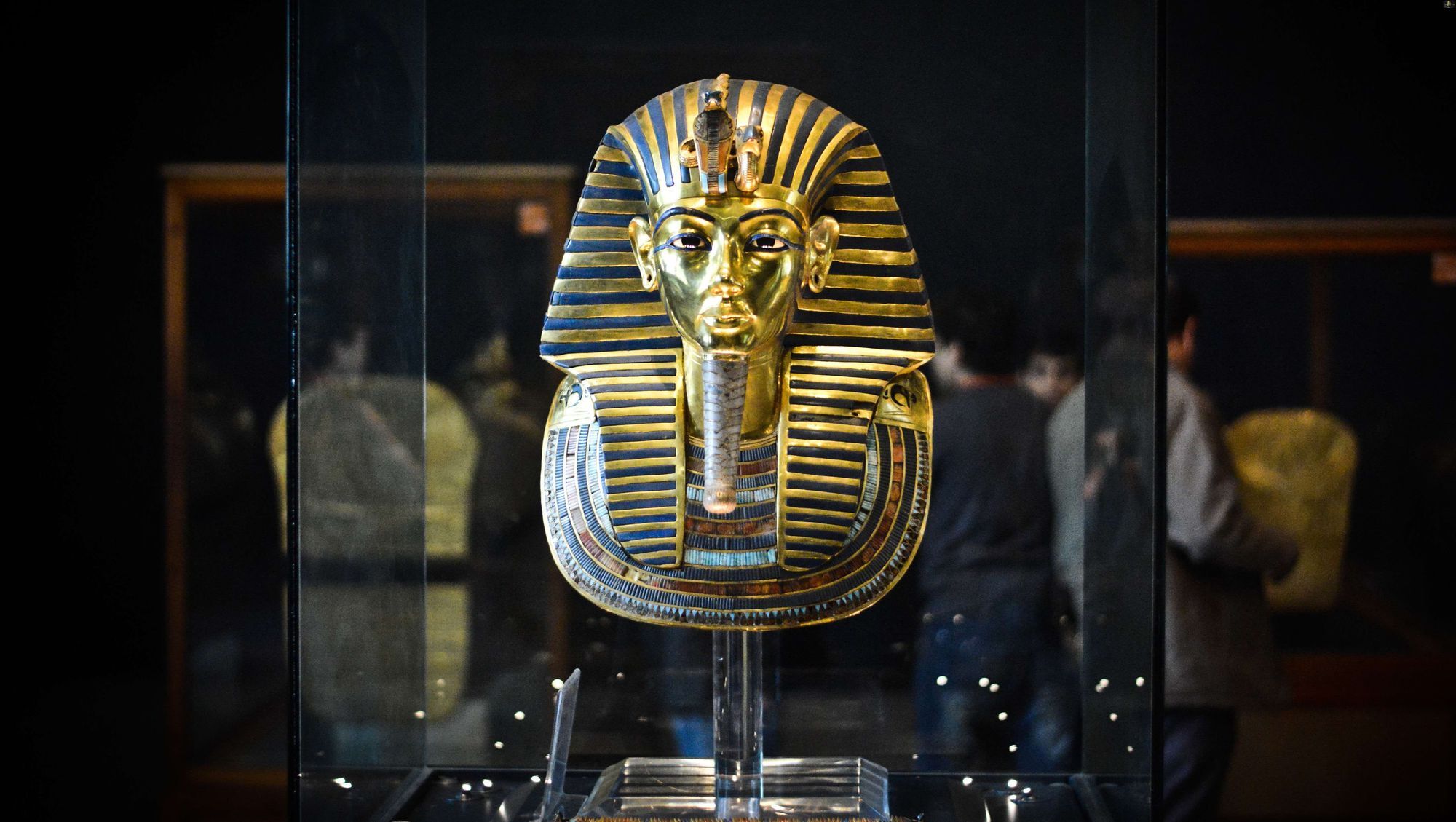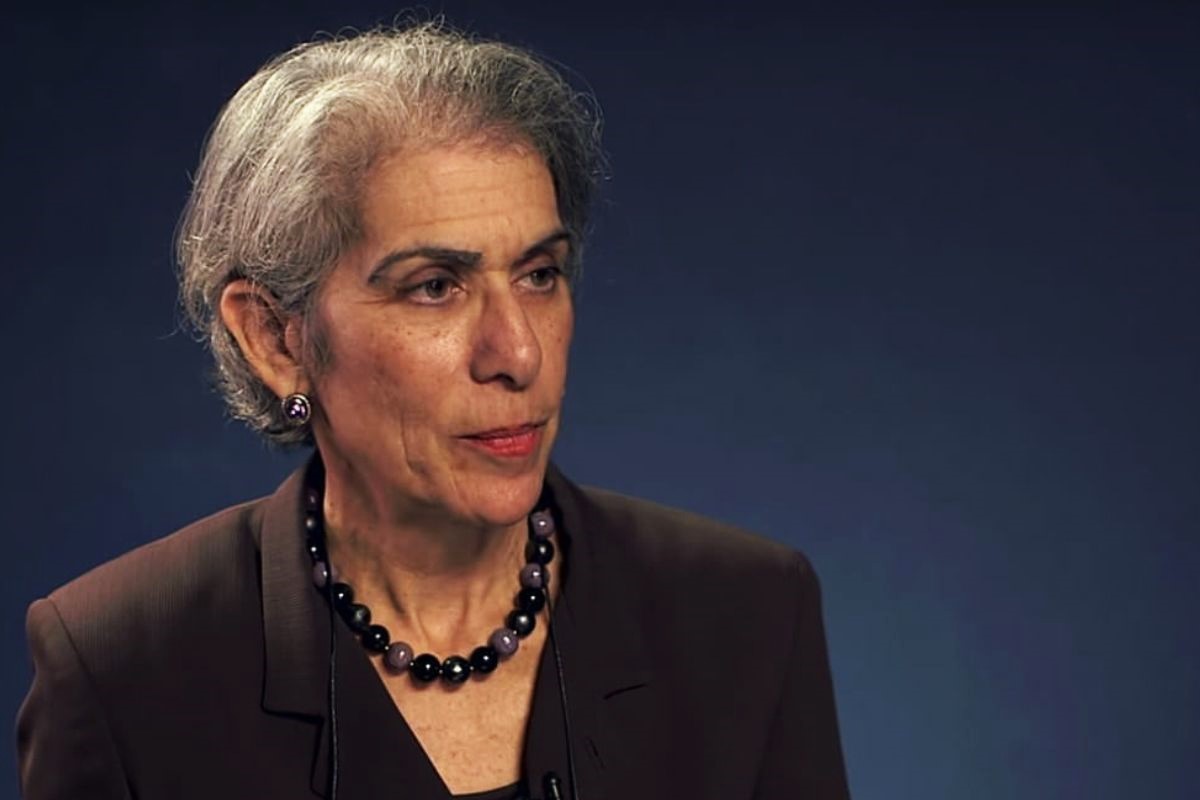
Ever wondered what makes King Tut's mask so special? This ancient artifact, over 3,000 years old, is more than just a pretty face. Crafted from gold and adorned with precious stones, it symbolizes the wealth and artistry of ancient Egypt. But there's more to it than meets the eye. The mask isn't just a burial item; it's a window into the past, revealing secrets about King Tutankhamun's life and death. From its intricate design to the mysterious inscriptions, every detail tells a story. Ready to dive into the fascinating world of King Tut's mask? Let's uncover 35 incredible facts that will leave you amazed!
Key Takeaways:
- King Tut's mask, discovered in 1922, is a symbol of ancient Egypt's rich history and craftsmanship, featuring gold, precious stones, and religious symbolism, captivating audiences worldwide.
- The mask's journey through history, mystery surrounding King Tut's death, and its influence on modern culture make it an iconic artifact, inspiring art, fashion, and global fascination with ancient Egypt.
The Discovery of King Tut's Mask
The mask of King Tutankhamun, often called King Tut, is one of the most iconic artifacts from ancient Egypt. Discovered in 1922 by British archaeologist Howard Carter, it has fascinated historians and the public alike.
- The mask was found in the Valley of the Kings, in the tomb of Tutankhamun, designated as KV62.
- Howard Carter's discovery of the tomb was one of the most significant archaeological finds of the 20th century.
- The mask was buried with King Tut, who ruled Egypt for about ten years during the 18th dynasty.
- Tutankhamun's tomb was remarkably well-preserved, providing a wealth of artifacts and information about ancient Egypt.
The Design and Materials of the Mask
King Tut's mask is not only famous for its historical significance but also for its exquisite craftsmanship. Made from a variety of precious materials, it showcases the skill of ancient Egyptian artisans.
- The mask is made primarily of gold, weighing approximately 22.5 pounds (10.23 kilograms).
- It features inlays of semi-precious stones, including lapis lazuli, quartz, and obsidian.
- The eyes are made from quartz and obsidian, giving them a lifelike appearance.
- The mask includes a nemes headcloth, a striped headdress worn by pharaohs, made from gold and blue glass.
- The beard attached to the mask is a symbol of divinity, indicating the pharaoh's god-like status.
Symbolism and Religious Significance
Ancient Egyptians believed in the afterlife, and King Tut's mask was designed to ensure his safe passage and protection in the next world.
- The mask's design includes a vulture and cobra, representing Upper and Lower Egypt, respectively.
- The back of the mask is inscribed with a protective spell from the Book of the Dead.
- The spell is meant to protect the pharaoh's body and guide him through the afterlife.
- The mask's beard is a symbol of Osiris, the god of the afterlife, linking the pharaoh to the divine.
The Mask's Journey Through History
Since its discovery, King Tut's mask has traveled the world, captivating audiences and scholars alike.
- The mask was first displayed in the Egyptian Museum in Cairo, where it remains today.
- It has been part of several international exhibitions, including tours in the United States and Europe.
- The mask was temporarily damaged in 2014 when the beard was accidentally knocked off and hastily reattached with epoxy.
- A team of German and Egyptian conservators later restored the mask to its original condition.
The Mystery of King Tut's Death
King Tutankhamun's death at a young age has long been a subject of speculation and research. His mask provides clues about his life and reign.
- Tutankhamun died around the age of 18 or 19, but the exact cause remains unknown.
- Some theories suggest he died from an infection caused by a broken leg.
- Other theories propose he may have suffered from genetic disorders due to inbreeding.
- Recent DNA tests indicate he may have had malaria, which could have contributed to his death.
The Legacy of King Tut's Mask
King Tut's mask continues to be a symbol of ancient Egypt and its rich history, inspiring generations of archaeologists and enthusiasts.
- The mask has appeared in numerous documentaries, books, and films about ancient Egypt.
- It has become a symbol of Egyptology, representing the fascination with ancient Egyptian culture.
- The mask has inspired countless replicas and souvenirs, making it one of the most recognizable artifacts in the world.
- King Tut's mask has also influenced modern art and fashion, with designers drawing inspiration from its intricate design.
Fun Facts About King Tut's Mask
Beyond its historical and cultural significance, there are some interesting and lesser-known facts about King Tut's mask.
- The mask's ears were originally pierced, suggesting it may have been made for a female pharaoh.
- Some scholars believe the mask may have been repurposed from another royal burial.
- The mask's beard was originally attached with beeswax, a common adhesive in ancient Egypt.
- The mask's headdress includes a uraeus, a rearing cobra symbolizing protection and sovereignty.
- The mask's inlaid eyebrows and eyelids are made from lapis lazuli, a precious blue stone.
The Impact of King Tut's Mask on Modern Culture
King Tut's mask has left an indelible mark on modern culture, influencing everything from music to fashion.
- The discovery of the mask sparked a global "Tutmania" in the 1920s, with people fascinated by all things Egyptian.
- The mask has been featured in songs, such as Steve Martin's 1978 novelty hit "King Tut."
- It has appeared in numerous movies and TV shows, often symbolizing ancient Egypt.
- The mask has inspired fashion designers, with its colors and patterns appearing in clothing and accessories.
- King Tut's mask remains a powerful symbol of ancient Egypt, continuing to captivate and inspire people around the world.
The Legacy of King Tut's Mask
King Tut's mask isn't just a piece of ancient art; it's a window into the past. Crafted with gold, precious stones, and intricate designs, it tells a story of a young pharaoh's life and death. The mask's discovery in 1922 by Howard Carter sparked global fascination with Egyptian history. Its detailed craftsmanship, including the nemes headdress and false beard, reflects the artistry of ancient Egypt. The mask also holds clues about King Tut's lineage and the religious beliefs of his time. Despite being over 3,000 years old, it remains a symbol of royal power and mystery. Whether you're a history buff or just curious, King Tut's mask offers a glimpse into a world long gone but never forgotten. This iconic artifact continues to captivate and educate, proving that some treasures truly stand the test of time.
Frequently Asked Questions
Was this page helpful?
Our commitment to delivering trustworthy and engaging content is at the heart of what we do. Each fact on our site is contributed by real users like you, bringing a wealth of diverse insights and information. To ensure the highest standards of accuracy and reliability, our dedicated editors meticulously review each submission. This process guarantees that the facts we share are not only fascinating but also credible. Trust in our commitment to quality and authenticity as you explore and learn with us.


